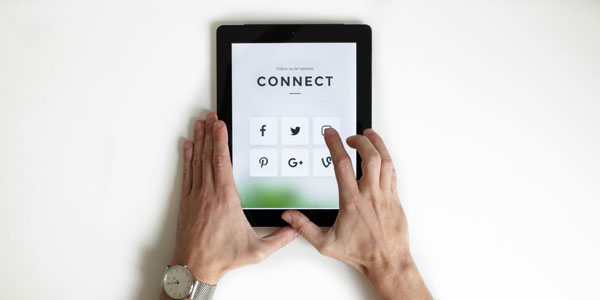The Hidden ROI of Brand Recall in Higher Ed Marketing

Not all marketing success can be measured by clicks or conversions. Some of the most valuable outcomes in higher education marketing happen quietly—in the background—through memory, association, and brand familiarity. This is the realm of brand recall, and while it’s rarely the flashiest KPI, it’s one of the most influential. Brand recall plays a critical role in how students choose schools, engage with campus services, or respond to marketing campaigns over time. In a saturated education landscape, where students are exposed to thousands of messages daily, standing out is less about volume and more about resonance.
What Is Brand Recall—And Why Does It Matter?
Brand recall is the ability of a student to remember your institution or brand without being prompted. It’s different from brand recognition, which only requires students to identify a brand when shown. With recall, your brand lives in their head already—top-of-mind when they think about a college major, a campus service, or a student offer. That positioning is powerful. According to a 2023 EAB report, 76% of students who eventually applied to a college had heard of that college long before they started seriously researching schools. Many couldn’t remember where they first saw it—just that it had been “on their radar.” This is what makes recall a long-term investment. Unlike short-lived campaigns that rely on urgency, recall quietly builds familiarity, comfort, and trust—factors that deeply influence decision-making over time.The ROI of Familiarity
Students don’t always act immediately. But when a decision point comes—whether it’s applying to a college, attending an event, or responding to a peer’s recommendation—brands with high recall are far more likely to be chosen. Here’s where the hidden ROI shows up:- Lower cost per acquisition (CPA) in long-tail funnels
- Higher engagement rates from previously exposed audiences
- Improved email open rates and ad click-throughs over time
- Increased word-of-mouth referrals through brand familiarity
Building Brand Recall on Campus
To maximize recall, marketers need to balance visibility with consistency. Repetition across trusted formats is what embeds a brand in memory—not just one great headline. Here are proven strategies that drive brand recall on campus:- Use high-frequency OOH placements: Posters in dorms, bathroom stalls, dining halls, and student unions provide subtle repetition without digital fatigue.
- Invest in recognizable campus ambassadors: Student reps wearing branded merch or hosting events help connect brand identity with human faces.
- Layer physical and digital: When students see the same message online and in their physical world, it forms stronger neural associations.
- Time messaging to key academic moments: Back-to-school, finals week, and orientation are periods of high receptivity—and high stress, when familiar brands feel safer.
Measuring the ROI of Recall
Brand recall can be difficult to measure directly—but not impossible. Marketers can use several proxy metrics to evaluate its effect:- Brand lift studies: Surveys before and after campaigns can show increases in unaided recall.
- Branded search growth: More students searching for your brand by name suggests recall is increasing.
- Organic direct traffic: Returning visits from untracked sources often correlate with memory-based brand interest.
- Engagement from cold audiences: If students respond positively to first-party outreach despite no recorded prior contact, that could be the product of ambient exposure.

